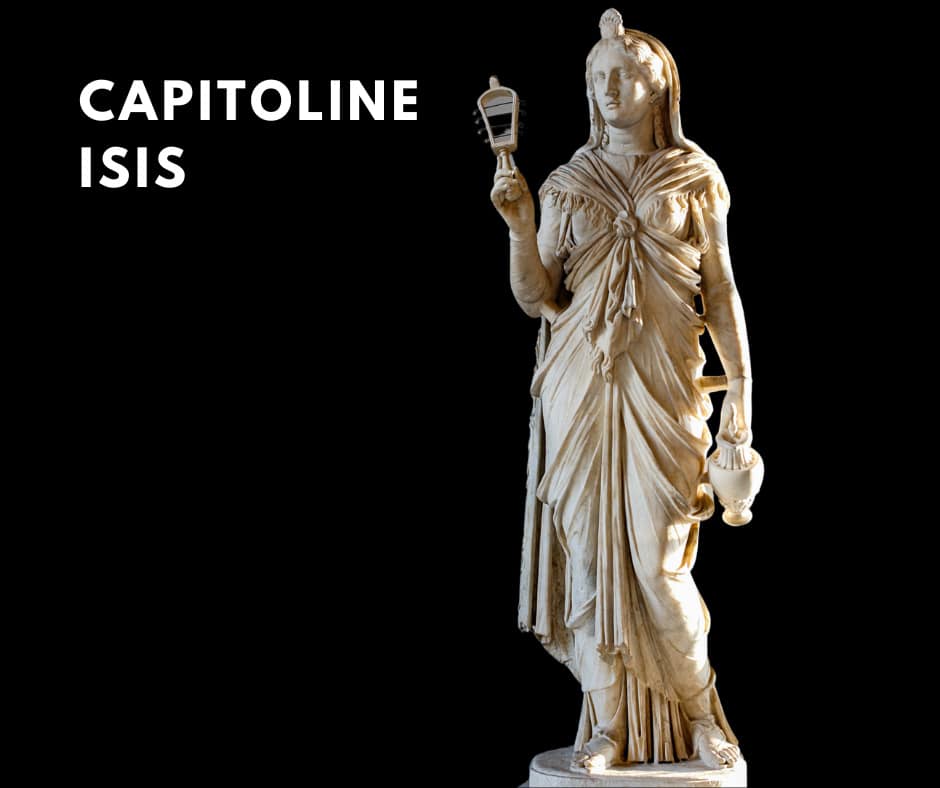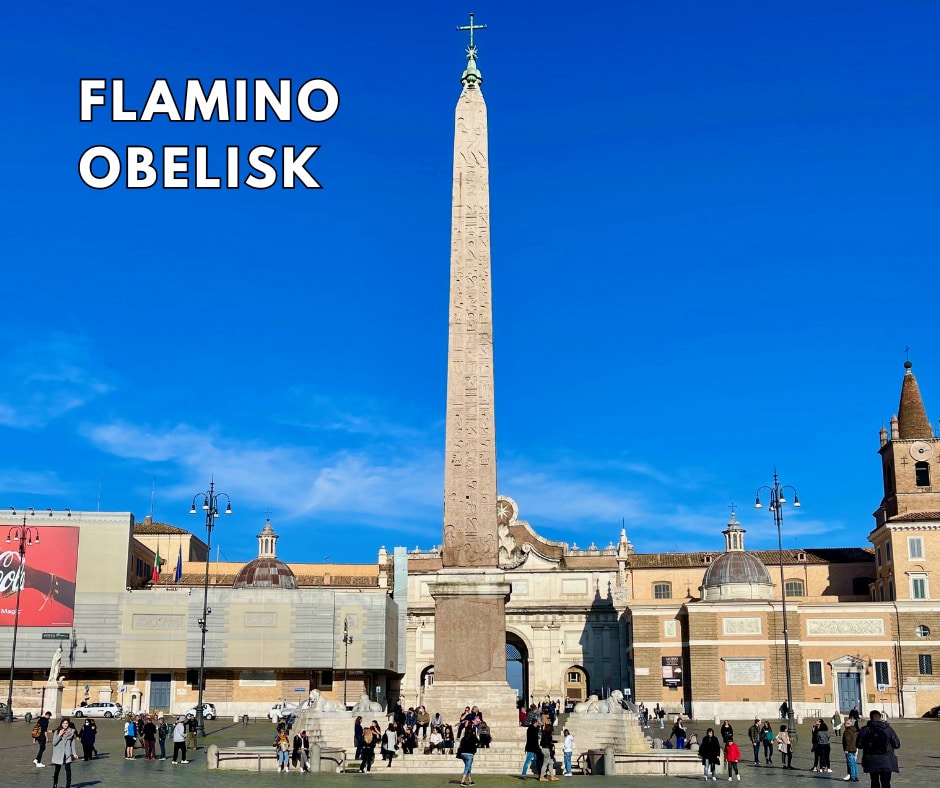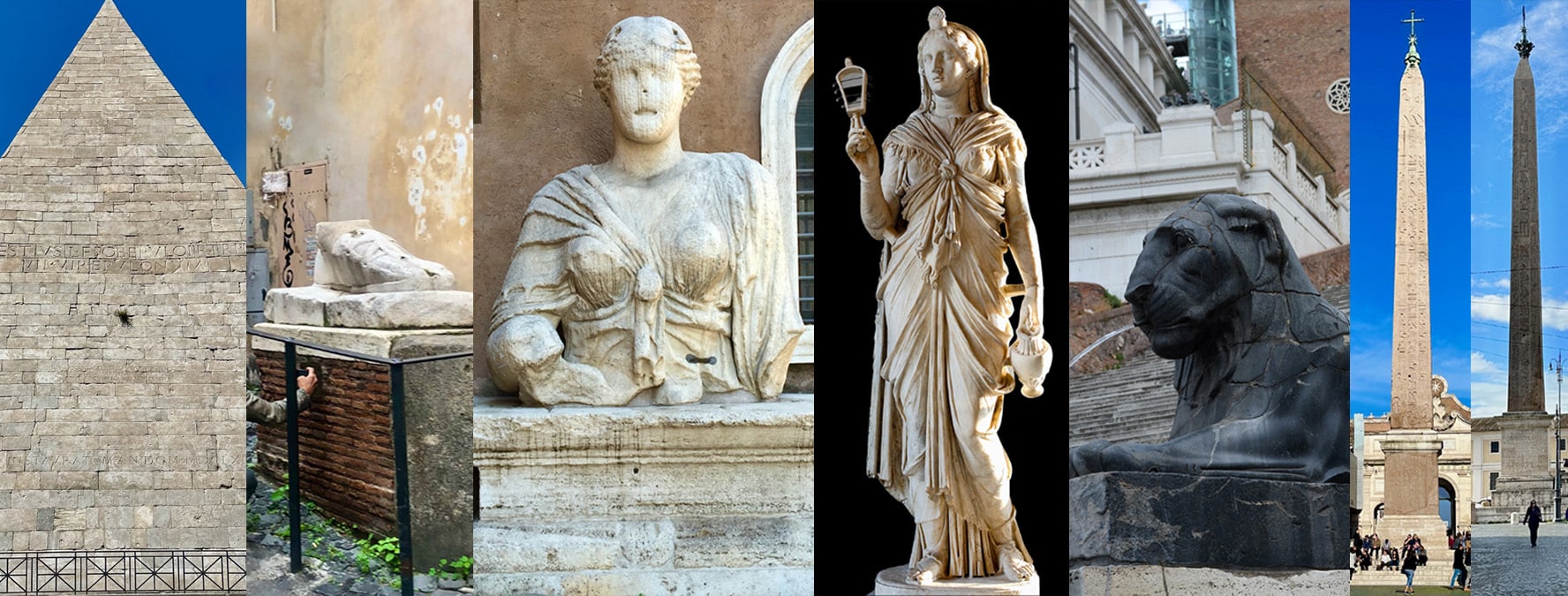Did you know that the ancient Romans loved Egyptian culture? In the 2nd century BCE, Egyptomania literally had a cult following. This fascination and obsession with Egyptian culture, art, and religion to to trend particularly during the late Republic and early Empire, beginning roughly around 58 BCE, a turbulent time when Rome was caught up in a civil war between Octavian and Mark Antony, who famously allied with Egypt’s Cleopatra.
This fascinating trend left a lasting imprint on the city of Rome. From towering obelisks to lesser-known artefacts, Egypt’s influence can still be seen in throughout the Eternal City. Here are some of our favorite examples of Egypt in Rome:
This striking Roman pyramid, built between 18 and 21 BCE as a tomb for the Roman magistrate Gaius Cestius, was inspired by the Nubian style of Egyptian pyramids. At nearly 37 meters tall, it stands prominently between the Via Ostiensis and the modern Via Marmorata. Inside, the burial chamber, when opened in 1660, revealed frescoes that provide a glimpse into the art and culture of the time. Unusual for Roman funerary monuments, this pyramid reflects the Roman fascination with Egyptian burial customs. Since May 2015, it has been accessible to the public on the second and fourth Saturdays of each month, offering a rare opportunity to step inside an ancient pyramid in the heart of Rome.


Hidden on a side street corner near the Pantheon, the Piè di Marmo is everyone’s favorite left foot. Measuring over 4 feet long, the giant foot is a mysterious remnant of a colossal statue, possibly 25 feet tall. It is thought to have been part of a statue from the Temple of Isis or Serapis, but whether the statue depicted Isis, Serapis, or another deity remains uncertain. The exact origins of this artifact are unclear, but it was relocated in 1878 to make room for the funeral procession of King Vittorio Emanuele II. The massive foot has become an odd yet beloved landmark, reminding passersby of the grand scale and magnificence of ancient Roman and Egyptian statuary.
Resting in the corner of Piazza San Marco, near Piazza Venezia, is the Madame Lucrezia. Standing three meters high (five with the base), Lucrezia is powerful and her colossal stature makes her decidedly a cult statue. Look closing at her gown- the knotted cloth between breasts is a clue that she may be an Isis worshipper. Today, Lucreiza is worshipped as one of Rome’s beloved talking statues.


Now housed in the Capitoline Museums, this statue of the Egyptian goddess Isis was likely sculpted during the reign of Hadrian (117–138 CE), though its exact origin is still debated. Isis was a powerful figure in Roman religion, especially in the 1st and 2nd centuries CE, despite attempts by earlier emperors Augustus and Tiberius to suppress her cult. This particular statue presents Isis in Roman attire, featuring her characteristic knot at the chest and holding a sistrum, a percussion instrument, in one hand and a Greek wine jug (oinochoe) in the other. Some scholars believe it was originally part of the Iseum Campense, the main temple to Isis in Rome. The statue was once thought to have been found at Hadrian’s Villa, but records show it belonged to a private collection by 1704. Today, it remains one of the finest surviving examples of Egyptian influence on Roman religious art
On the steps of the Capitoline hill’s Cordonata are two majestic basalt lions. Originally believed to have adorned the entrance of the Iseum Campense, a grand temple dedicated to the Egyptian gods Isis and Serapis, the lions were later moved and repurposed as fountains in the 16th century. The Iseum itself was a significant religious and cultural site, lavishly rebuilt by emperors Domitian in the 1st century CE and Alexander Severus in the 3rd century CE. Today, the original statues are preserved in the Vatican Museums, while the replicas continue to guard the steps to the Capitoline Museums. These lions are a testament to Rome’s long-standing admiration for Egypt, dating back to the time when Egyptian cults were widely practiced in the city.


One of four obelisks brought to Rome by Augustus, the Flaminio Obelisk originally stood in Heliopolis, Egypt’s ancient city of the sun god, Ra. Erected in Rome in 10 BCE, the obelisk stood on the spina (central barrier) of the Circus Maximus, where it would have been seen by thousands of spectators attending chariot races. Found broken in two alongside the Lateran Obelisk in 1587, it was restored by Pope Sixtus V and re-erected in Piazza del Popolo in 1589. In 1818, sculptures of lions and fountains were added to the base of the obelisk, further enhancing its majestic presence. Weighing around 235 tons, it stands as a tribute to Augustus’s victory over Egypt and his incorporation of Egyptian symbolism into Roman public spaces.
At nearly 32 meters tall and weighing around 330 tons, the Lateran Obelisk is not only the tallest obelisk in Rome but also the largest standing ancient Egyptian obelisk in the world. Originally erected at the Temple of Amun in Karnak, it was one of two obelisks brought to Alexandria by the Roman emperor Constantius II in the 4th century CE. In 357 CE, it was transported to Rome to decorate the Circus Maximus, a grand stadium for chariot races. The obelisk was rediscovered in pieces in 1587, restored by Pope Sixtus V, and relocated to the Piazza di San Giovanni in Laterano in 1588. Standing near the Lateran Palace and the Archbasilica of Saint John Lateran, the obelisk symbolizes Rome’s power to appropriate and display the grandeur of foreign empires.

This content is brought to you by The American Institute for Roman Culture, a 501(C)3 US Non-Profit Organization.
Please support our mission to aid learning and understanding of ancient Rome through free-to-access content by donating today.
Cite This Page
Cite this page as: Darius Arya, The American Institute for Roman Culture, “Egypt in Ancient Rome” Ancient Rome Live. Last modified 11/05/2024. https://ancientromelive.org/egypt-in-ancient-rome/
License
Created by The American Institute of Roman Culture, published on 11/05/2024 under the following license: Creative Commons: Attribution-NonCommercial-ShareAlike. This license lets others remix, tweak, and build upon this content non-commercially, as long as they credit the author and license their new creations under the identical terms. Please note that content linked from this page may have different licensing terms.


